Which model is best for your business?
As the field of organizational change management evolves, so do the organizations themselves. More than ever before, our clients are waking up to the current pace of change and the stakes they face. They know they need strong change skills to survive.
In recent years, we’ve been helping organizations build their own internal change management functions. We partner with them to build the skills, methods, and tools they need to drive change from within.
Here’s how we help clients stand up their own change management team.
We encourage our clients to clearly define their Change Management Community of Excellence (CoE) strategy. In other words, how do they plan to operate their change management business? We recommend they select one of these four models.
- Self-service – Business owners become the change management practitioners and use self-service change management tools to execute the work.
- Limited service – Business owners become the change management practitioners with minimal guidance up front. In this approach, the CoE will act as advisors up front and then the business owners will use self-service change management tools to execute the work.
- Co-service – Business owners are in an equal partnership with the CoE to drive changes. In this approach, the CoE is a key member of the project team and will lead and/or support the change effort.
- Full service – The CoE leads the change effort while the business leaders act as sponsors of the work.
Their approach for delivering change management services may evolve over time but we encourage them to think about this early, so they have a starting point.
Based on the model they choose, the organization identifies individuals who will be their new change practitioners. Then we ask our client to select a current project to use as an immersive learning example for the new team.
Next, we conduct training on the basics of change management.
These sessions prepare the new change resources to articulate the need for change management, use fundamental change principles, and employ change methods and tools.
Skill-building happens during various change management working sessions specific to the chosen project. We use the real work of the project to coach the new change practitioners as they use change approaches and tools. The sessions get the team ready to tackle future change projects as they arise. In other words, everything they learn is transferable to their future change initiatives.
Some of the sessions include understanding what methods they already have.
Where we find gaps, we help the team develop methods, tools and templates to add to their toolkit. Other sessions help them to determine who the project’s stakeholders are and how they are impacted. We use other sessions to develop the overarching message for the project. Key Behaviors sessions identify the employee behaviors they need to modify or reinforce to drive the change.
Then, using all the information we gathered from those working sessions, we work with the team to develop stakeholder-specific plans they will execute. These interventions create positive momentum to engage with the change and, hopefully, achieve the project goals. As the team executes the plans, we coach them and get them comfortable in their new roles as change management practitioners.
Finally, we help them use metrics and track the success of their efforts. Seeing new practitioners realize their impact on the organization is rewarding. It’s been a lot of fun helping organizations grow in an area I love.




